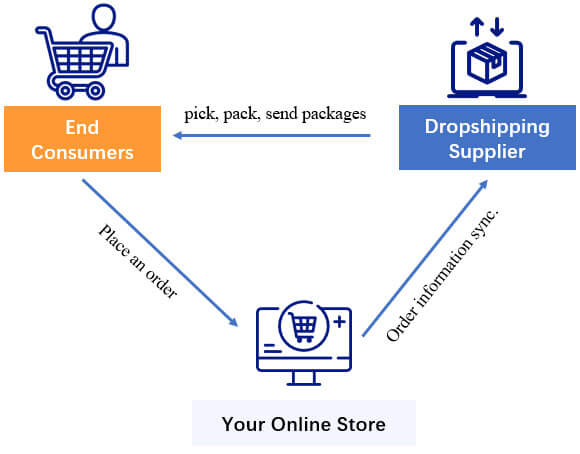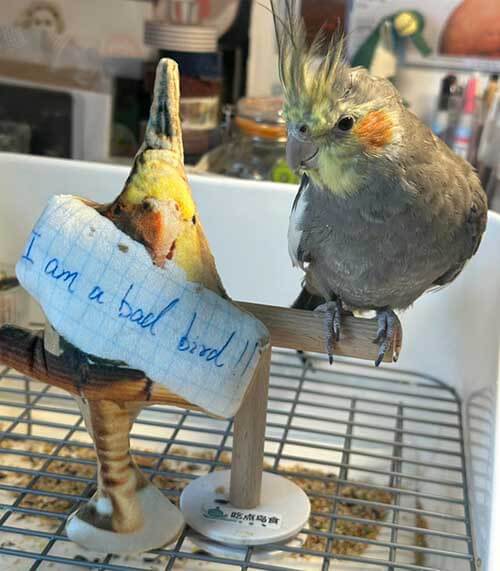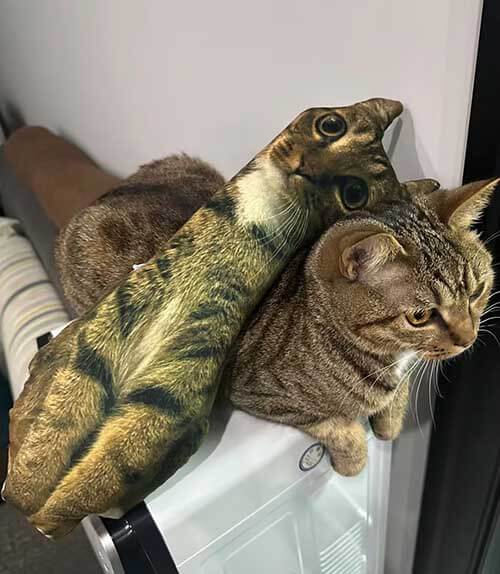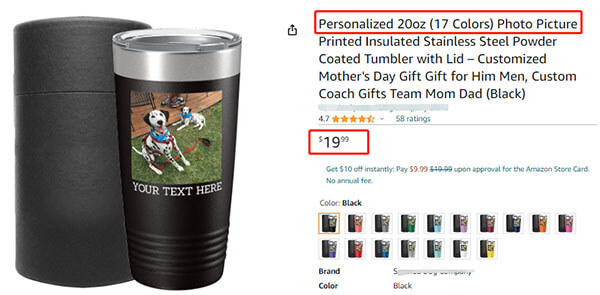In e-commerce, Dropshipping and print-on-demand have become the top choices for many entrepreneurs and businesses. Both offer a way to start a business without the need for a large inventory, but each has its own advantages and suitable scenarios. Let’s delve into these two models to help you decide which one is more suitable for your business.
What are dropshipping and print-on-demand?
Dropshipping meaning and example
Dropshipping refers to a process where sellers receive customer orders and then transfer them to their suppliers to fulfill and complete the orders. Acting as intermediaries between suppliers and customers, sellers do not need to store goods or handle packaging and logistics. Instead, they can focus on marketing and increasing sales.
Imagine you want to open an online store selling pet clothing and decide to start with dropshipping. You search for suitable suppliers on AliExpress and use their product images to list products in your store. When customers place orders in your store, you simply synchronize the orders with your suppliers, who then ship the products directly to your customers.
Print on Demand meaning and example
Print on Demand (POD) refers to a process where sellers receive orders and then proceed to create and customize printed products according to the personalized demands of customers.
In simple terms, the POD model is “customized products + dropshipping.”
Typically, when starting a POD business, sellers need to partner with large POD companies like Printful to fulfill orders, which includes customizing products, packaging, and shipping them to customers. The most common POD examples include T-shirts, hats, phone cases, mugs, pillows, canvases, tote bags, greeting cards, photo albums, and more. Different suppliers may have varying focuses on the products they support for print-on-demand.
Using the same example, let’s say this time you choose POD pet clothing. For instance, if a buyer places an order on your Amazon or Etsy store, you simply synchronize the order with your chosen POD company. They will then print patterns and logos according to your customer’s customization requests on blank pet clothing, pack the items, and send the package to your customer.
Dropshipping and POD are common in:
Low initial investment to start an e-commerce business
No need to hold inventory, minimizing risk.
Testing products and styles at minimal cost.
Straightforward process and easy to operate.
As you can see, both are friendly to beginners entering the e-commerce business.
POD and dropshipping are mainly different in customization.
Unlike traditional dropshipping where products are highly homogeneous and competition is intense, POD distinguishes itself through personalized and customized products, enabling differentiation and effectively avoiding price wars. What you need to focus on is the core of the POD model – design and creative ideas. As long as they are interesting and unique enough, they can catch consumers’ eyes, especially those of Generation Z.
Personalized and customized products cater to the modern desire for individuality. The more unique they are, the more appealing they become to consumers, even if some are considered unconventional.
Quirkiness and eccentricity can also be forms of uniqueness. Humor and amusement derived from unusual items can help relax and alleviate anxiety and stress. Moreover, people are enthusiastic about sharing their unique products on social platforms like TikTok, Pinterest, Facebook, etc.
Click to enlarge
Here you must wonder “Where to find unique and good designs?” Many large POD marketplaces like Printful, Threadheads, Redbubble, Zazzle, and Merch by Amazon have a plethora of designers submitting their work. You can explore these platforms to find talented product designers and collaborate with them.
If you think that collaborating with designers is expensive and exceeds your budget, here’s a free approach that many POD beginners use: browse popular styles on social platforms like TikTok, Pinterest, and Facebook. Extract creative elements from existing POD products that resonate with your target audience, then integrate and derive various variations to form your own creative ideas.
As long as your ideas are unique, your products can still stand out from others and form their own selling points.
Is print-on-demand more profitable?
Yes. POD customized products can often be priced higher than dropshipping, which typically involves selling stocked products. For example, a regular 20oz Insulated Tumbler may sell for around $10 on Amazon, while a POD 20oz Tumbler could be priced at $20 or higher. Additionally, the price may vary depending on the customized pattern design, as you’re selling creativity.
Click to enlarge
For the same product type, POD is more likely to generate profits due to the higher profit margin. However, no one can guarantee that print-on-demand is definitively more profitable than dropshipping. Ultimately, these are just business models to start with, and the actual profitability depends on various factors such as product type, target market demand and feedback, marketing budget, and strategy.
POD makes it easier to create a brand, but dropshipping is hard.
POD business model
POD customization services can effectively help sellers create unique products that resonate emotionally with their target audience. This contributes to fostering customer recognition of your brand.
As your customer base grows, your brand’s visibility increases, leading to a natural increase in traffic. More users will be drawn to your brand, creating a positive cycle that is conducive to long-term development. Looking back over the past decade of e-commerce, many companies that solely focused on selling goods have disappeared. However, those who persevered in brand development, while not all becoming major brands, have generally thrived.
Dropshipping business model
In the Dropshipping model, the initial phase typically relies on readily available products, leading to intense market competition. Even if you make efforts to find good niches for dropshipping and earn some quick profits, you’ll soon find your profits dwindling over time.
Because a large number of sellers will quickly start selling the same products as you, and some can offer cheap promotional prices due to wholesale, lower than the dropshipping price you get from your supplier. As beginners, it’s challenging to stand out in a homogeneous price war, let alone increase customer loyalty and brand trust.
This is also why dropshipping is typically limited to the early stages of entrepreneurship, especially for newbies without prior e-commerce experience who need to accumulate experience in store operations and marketing.
After earning some money and gaining a basic understanding of the game, businesses often switch to a private-label business model. Initially, they may opt for some simple customization on existing products and packaging, which costs little but helps differentiate their products from competitors. As product sales gradually accumulate, this strategy also helps consumers remember the brand, thereby increasing brand awareness.
What is better dropshipping or print-on-demand?
Both POD and dropshipping are suitable for newcomers to enter the e-commerce business at low cost and low risk.
If you are passionate about various unique customized products, then POD is better. Because you understand that POD products belong to impulse consumer goods, familiar with the psychology and focus of impulse consumers. This allows you to insightfully get customer points, write product descriptions to resonate with consumers and find suitable marketing methods to encourage them to purchase.
Some of our clients have been successful with POD on TikTok. TikTok is the #1 downloaded app in 40+ countries. Moreover, the TikTok platform has many young users pursuing personalization, and their purchasing behavior is mostly non-purposeful consumption.
Therefore, TikTok short video is very suitable for POD product marketing, showcasing novel and special DIY print designs plus fun unpacking sharing. All these are easy to engage viewers. Coupled with interaction with users through the comments section, you can better establish connections with target audiences. Once the video goes viral, it can generate dozens, hundreds, or even more orders.
Once a particular product sells well, you should proceed with a wholesale strategy.
Under POD, you can wholesale blank products from China at low prices and then collaborate with local printing companies to fulfill your custom orders as consumer demand arises.
In dropshipping, you’d better source products from China in bulk to lower your costs. Then, use the most cost-effective and simple methods for product differentiation, such as custom packaging, printing logos, bundling products, etc. Afterward, use a third-party logistics provider (3PL) to fulfill orders.
For your first collaboration with a wholesale supplier, I recommend checking the product quality before shipping out of China. This way, you can ensure confidence in your product quality, which is impossible under POD and dropshipping, where products are directly shipped from suppliers to your customers.
Be sure to find JingSourcing. We are a leading sourcing company in China, founded in 2015 and trusted by over 4000 clients to source, inspect, and ship products from China. Our sourcing agents will help you handle everything involved in China sourcing, from finding suitable suppliers, sampling, tracking bulk production progress, and quality control, to arranging logistics for delivery to your place.
At each stage of the supply chain, we keep you informed promptly to ensure your peace of mind. It’s worth mentioning that we are the only sourcing company that provides 1-by-1 product inspections to minimize the defect rate to 0. Product quality is especially crucial for e-commerce sellers, as mentioned above.
JingSourcing is exactly such a role, always ready to assist. No matter what your project is, we can offer tailor-made solutions to make your entire product-sourcing process smoother.






Leave A Comment